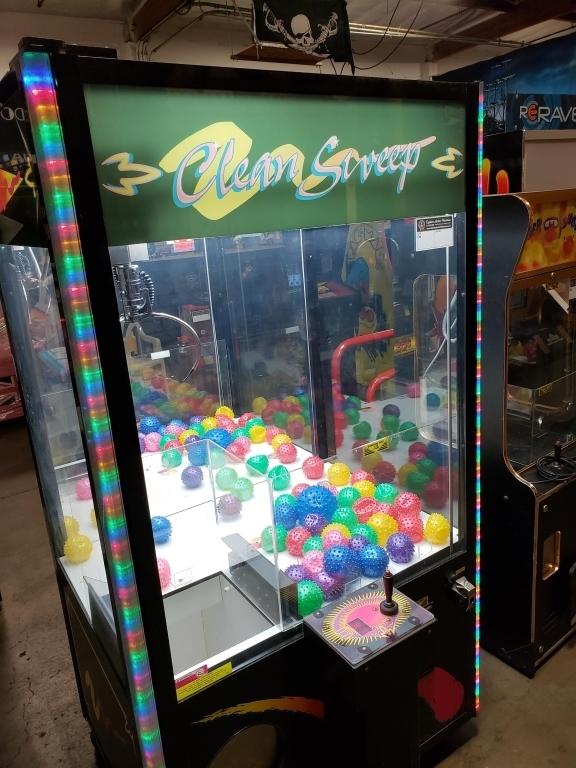
Many gardeners really like them and see improved yields. The downside to fiber pots is that they require more watering often much more watering.

A further if somewhat minor advantage is that, if you empty them, they take up little space in storage, as you can fold them flat. However, since many gardeners never empty them, that’s rather a mute point. They also dry out more quickly, preventing overwatering. The main advantage fiber pots compared to plastic pots is that they allow greater aeration to the roots and result in root pruning: fine roots near the edges of the pots are trimmed by exposure to the air, leading to improved branching, rather than roots circling inefficiently around the inside of the pot as happens in plastic pots. Root ball of plant grown in a plastic pot compared to a plant grown in a finer pot. The best-known ones are made by Smart Pot, to the point where “smart pot” is often used as a generic name, but other brands you may see include FiberGrow, GeoPot, Root Farm, Root Pouch and Dirt Pot. Over the last few years, pots made of fiber, usually geotextile, have become very popular for growing vegetables and also marijuana.


(And yes, the plants shown are marijuana, which can now be legally grown in many areas.) Photo: Fiber pots can become dirty or stained over time.


 0 kommentar(er)
0 kommentar(er)
